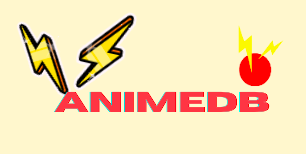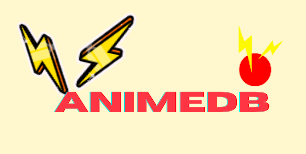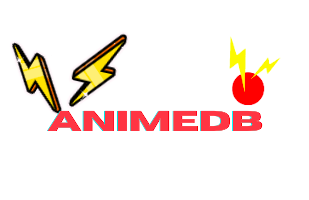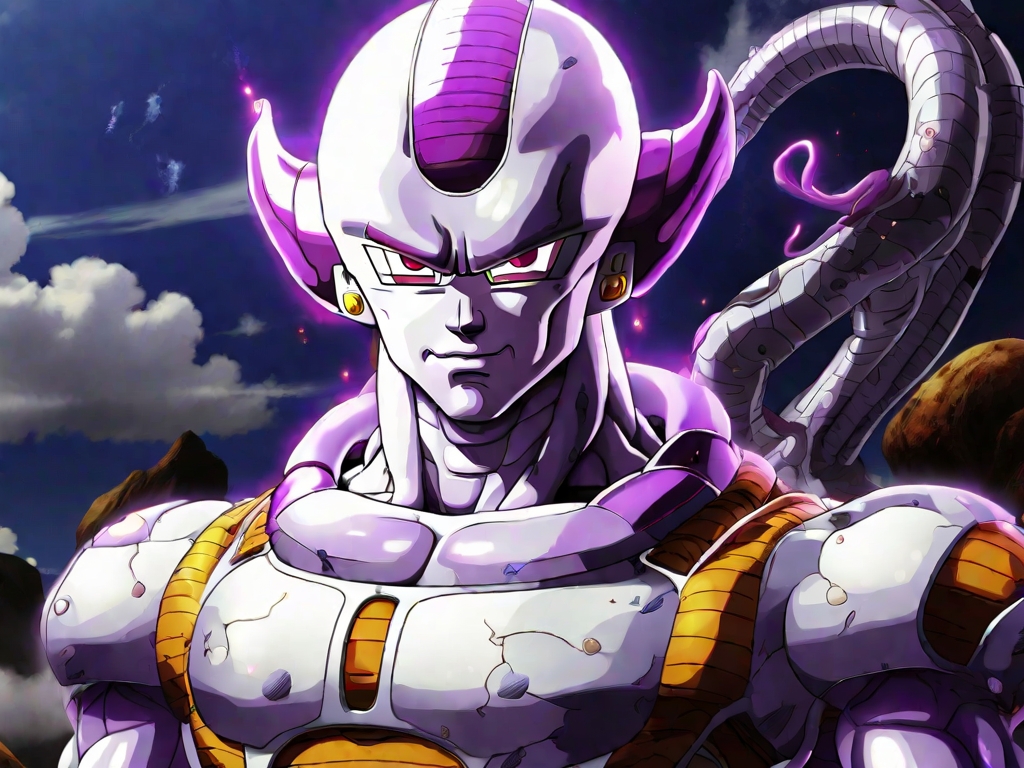Anime, with its diverse storytelling and rich character development, has introduced us to a myriad of characters, and among them, villains hold a special place. These antagonists are not just adversaries to the protagonists; they are complex, intriguing individuals who leave a lasting impact on the anime landscape. Let’s delve into the world of some of the most iconic anime villains, exploring their traits, motivations, and the indelible mark they’ve left on the medium.
1. Light Yagami from “Death Note”
Intellect and Morality: Light Yagami’s journey from a brilliant high school student to a morally ambiguous villain is one of the most compelling character arcs in anime. His acquisition of the Death Note, a supernatural notebook that grants the power to kill, sets the stage for a philosophical exploration of justice and morality.
Light’s unparalleled intellect makes him a formidable adversary, and as he descends into darkness, viewers are forced to question their own moral compass. The intricate cat-and-mouse game between Light and his pursuers adds layers of suspense and complexity to “Death Note.”
2. Frieza from “Dragon Ball Z”
Tyranny and Transformations: Frieza, the intergalactic tyrant, stands as one of the most iconic villains in the “Dragon Ball” series. His reign of terror and ruthless pursuit of power make him a force to be reckoned with. What sets Frieza apart is not just his strength but his ability to transform into increasingly powerful forms, keeping both characters and viewers on the edge of their seats.
Frieza’s impact on the series is monumental, as his actions set the stage for some of the most intense and memorable battles in anime history. His presence looms large, leaving an enduring legacy in the “Dragon Ball” universe.
3. Johan Liebert from “Monster”
Manipulation and Psychology: In the psychological thriller “Monster,” Johan Liebert emerges as a master manipulator whose influence extends far beyond the physical realm. Johan’s enigmatic nature and ability to manipulate individuals and events contribute to a narrative filled with suspense and moral ambiguity.
What sets Johan apart is the psychological depth of his character. As a villain whose motivations remain shrouded in mystery, he challenges viewers to grapple with the complexities of human nature and the consequences of unchecked power.
4. Madara Uchiha from “Naruto”
Power and Legacy: Madara Uchiha, a legendary figure in the “Naruto” series, embodies the epitome of power and ambition. His strength, honed over centuries, places him at the pinnacle of antagonists in the anime world. Beyond his physical prowess, Madara’s legacy and impact on the Uchiha clan add layers of depth to his character.
The ideological conflict between Madara and the series’ protagonists introduces themes of legacy, destiny, and the consequences of past actions. Madara’s presence reverberates throughout the Naruto universe, leaving an indelible mark on the lore.
5. Hisoka Morrow from “Hunter x Hunter”
Unpredictability and Moral Ambiguity: Hisoka Morrow is a standout villain in “Hunter x Hunter” due to his unpredictable nature and moral ambiguity. While traditionally an antagonist, Hisoka’s motives are driven by personal desire and the thrill of challenging powerful opponents.
What makes Hisoka iconic is his departure from conventional villain tropes. Instead of seeking world domination or destruction, he is motivated by the excitement of combat and the pursuit of worthy adversaries. Hisoka’s dynamic characterization adds a layer of unpredictability to the series.
6. Grimmjow Jaegerjaquez from “Bleach”
Ruthlessness and Dynamic Development: Grimmjow Jaegerjaquez, an Arrancar in “Bleach,” stands out for his fierce combat skills and ruthless demeanor. What makes Grimmjow memorable is not just his initial role as an antagonist but the dynamic development he undergoes as the series progresses.
As an adversary who challenges the protagonist, Ichigo Kurosaki, Grimmjow’s character gains depth through his interactions and evolving motivations. His presence contributes to the intricate web of relationships in the “Bleach” narrative.
7. Meruem from “Hunter x Hunter”
Evolution and Intellect: Meruem, the Chimera Ant King from “Hunter x Hunter,” is a villain whose character undergoes a profound evolution. Initially portrayed as an unbeatable force, Meruem’s encounters with humanity lead to introspection and a reevaluation of his purpose.
Meruem’s intellectual growth and internal conflict set him apart as a complex antagonist. His evolution challenges traditional notions of villainy, creating a character with depth and nuance rarely seen in anime.
8. Shishio Makoto from “Rurouni Kenshin”
Ideological Conflict and Physical Prowess: Shishio Makoto, a former assassin, serves as the primary antagonist in “Rurouni Kenshin.” What makes Shishio iconic is the ideological conflict he represents, contrasting with the series’ protagonist, Kenshin Himura.
Shishio’s ruthless pursuit of his vision for a new era and his physical prowess as a formidable swordsman make him a compelling adversary. The ideological clash between Kenshin and Shishio adds layers of complexity to their confrontations.
9. Ainz Ooal Gown from “Overlord”
Overwhelming Power and Complex Motivations: Ainz Ooal Gown, the protagonist turned antagonist in the virtual world of “Overlord,” stands out due to his overwhelming power and complex motivations. As an overlord with god-like abilities, Ainz’s presence challenges the very fabric of the virtual world.
What distinguishes Ainz is his internal struggle and the exploration of morality within the confines of a virtual existence. Ainz’s journey from a player to a ruler in the virtual world contributes to the intricate narrative of “Overlord.”
10. Akane Minagawa from “Kuzu no Honkai” (Scum’s Wish)
Manipulation of Emotions and Human Flaws: In the romance-drama “Scum’s Wish,” Akane Minagawa emerges as a villain whose actions revolve around the manipulation of emotions and relationships. Her character challenges traditional notions of villainy, as her flaws and morally ambiguous choices create a dark and emotional atmosphere.
Akane’s impact on the series extends beyond her individual actions, influencing the emotional landscape of the characters around her. Her portrayal adds depth to the exploration of complex relationships in anime.
In conclusion, these iconic anime villains have not only captivated audiences with their malevolence but have also contributed to the narrative richness of their respective series. From moral ambiguity to ideological conflicts, these antagonists challenge traditional tropes, leaving an enduring legacy in the world of anime. As viewers, we are drawn to these complex characters, exploring the intricacies of their personalities and the profound impact they have on the stories they inhabit. The realm of anime continues to thrive, thanks in part to these unforgettable villains who have left an indelible mark on the hearts of fans worldwide.












What do you think?
Show comments / Leave a comment